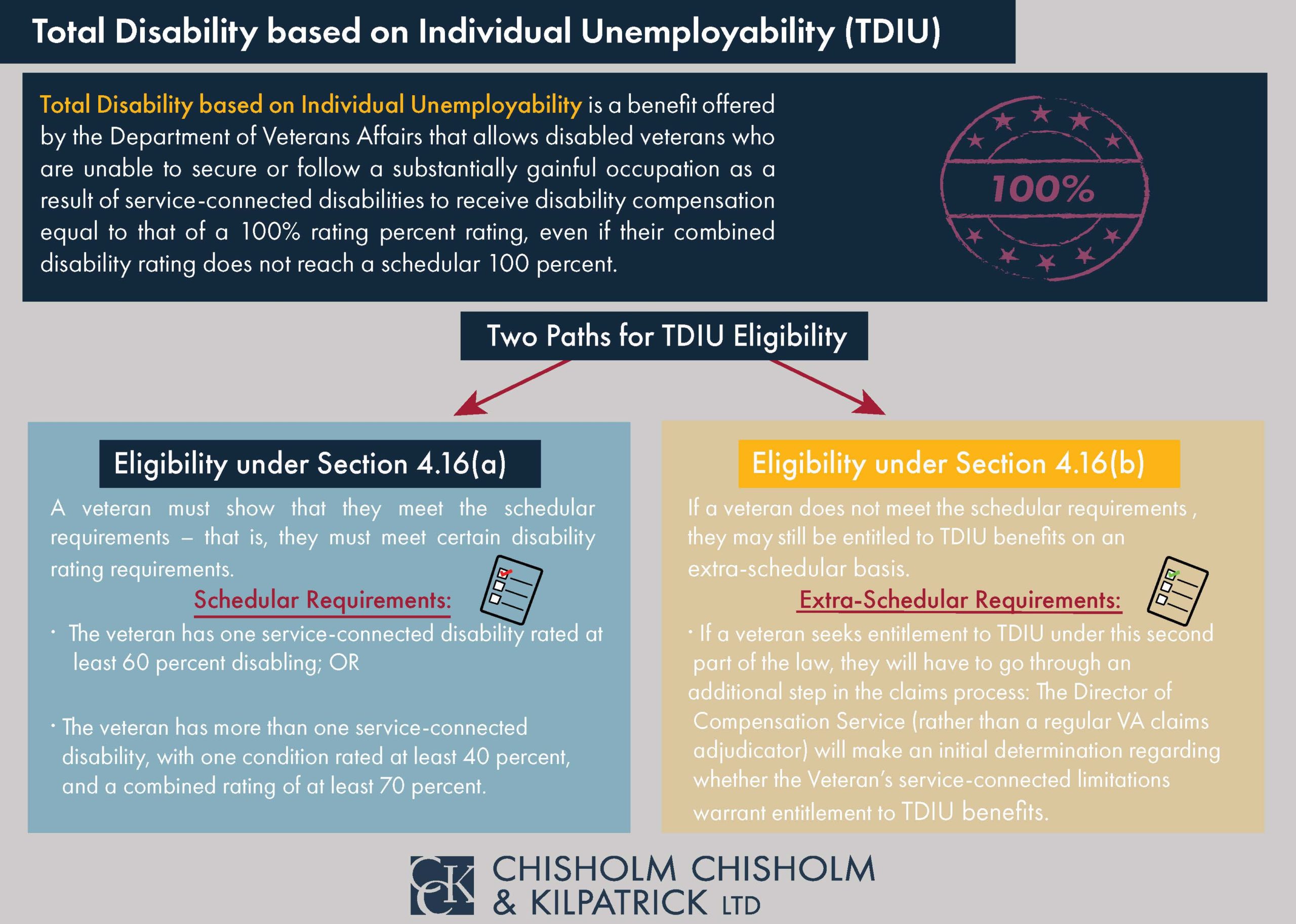How VA Rates Arthritis for Disability Benefits

CCK Law: Our Vital Role in Veterans Law
Generally speaking, there are two main types of arthritis: degenerative arthritis and rheumatoid arthritis. Degenerative arthritis, also known as osteoarthritis, occurs when cartilage between joints erodes over time resulting in joint stiffness, limited mobility, and pain. This type of arthritis usually takes place in weightbearing joints (e.g. back, hips, knees).
Rheumatoid arthritis occurs when the immune system malfunctions and attacks the membranes lining your joints, resulting in inflammation, limited motion, stiffness, and pain. Symptoms of both conditions may range from mildly disabling to totally debilitating.
What Are the Symptoms of Arthritis?
While there are two main types of arthritis, both have similar symptoms and affect the joints of the body. Below are common symptoms caused by both degenerative arthritis and rheumatoid arthritis:
- Joint Stiffness – Arthritis causes swelling in the affected joints which contributes to stiffness and feelings of friction.
- Decreased Range of Motion –Arthritis specifically affects the joints of the body which can cause pain and limit the range of motion a person has.
- Inflammation – Arthritis can cause swelling in the joints which can contribute to residual pain.
- Recurring Pain – People with arthritis often experience recurring pain which can range from mild and occasional to debilitating pain that affects everyday life.
Prevalence of Arthritis Among Veterans
The American Academy of Orthopedic Surgeons states that degenerative arthritis is the primary reason for disability discharge among service members. Over 395,000 veterans are currently receiving disability benefits for degenerative arthritis of the spine according to VA’s 2015 Annual Benefits Report. Injury and joint overuse are common causes of degenerative arthritis among service members.
Service Connection for Arthritis
Direct Service Connection
To establish direct service connection for arthritis, veterans must prove that the condition is linked to an event that occurred during their time in service. In-service injuries, or overuse of the joints, make it very possible that a veteran may develop arthritis later in life as this condition tends to progress over time as the cartilage continues to wear down. It is important note that the in-service injury does not need to be traumatic.
A doctor can look at a veteran’s in-service injuries or overuse and determine if there is a causal relationship to their arthritis. If VA determines there is a link between the two, service connection may be granted.
Presumptive Service Connection
It is important to note that both degenerative arthritis and rheumatoid arthritis may be eligible for presumptive service connection. Under 38 CFR § 3.309, arthritis is characterized as a chronic disease. VA holds that if symptoms appear within one year of discharge from military service to a degree of 10 percent disabling, then the presumption of service connection will apply. This is very important as it allows veterans to establish service connection even if they do not otherwise have medical evidence that links their currently diagnosed arthritis to some particular incident or injury in service. Here, the presumption under § 3.309 serves as a shortcut to service connection.
Secondary Service Connection
If a veteran’s arthritis is caused by an already service-connected condition, then secondary service connection may be warranted. Another way to establish secondary service connection is under 38 CFR § 4.58. This regulation states that if you are service-connected for an amputation or leg shortening and arthritis appears later in life and can be attributed to the aforementioned conditions, then it may be service-connected on a secondary basis.
Importantly, arthritis can be the source of secondary conditions as well. For example, arthritis may cause depression because you can no longer do the same physical activities or complete the same tasks that you used to do. If VA determines that your service-connected arthritis at least as likely as not caused your depression, then secondary service connection will be awarded.
VA Disability Ratings for Arthritis
Degenerative Arthritis (Diagnostic Code 5003)
Degenerative arthritis is rated based on the limitation of range of motion of the affected joint(s). However, if limitation of motion for the involved joint(s) renders a non-compensable rating, a 10 percent rating will be assigned for each major or group of minor joints affected by limitation of motion. These will be combined, not added, to determine the rating for arthritis. Degenerative arthritis will be rated at 10 or 20 percent based upon the number of joints/joint groups affected and the level of incapacitation.
VA requires that limitation of motion be confirmed by observations such as swelling, muscle spasms, or evidence of painful motion. If no limited range of motion exists in joints, veterans will be rated for degenerative arthritis if X-ray evidence exists to support the diagnosis.
- To be rated at 10 percent for degenerative arthritis, veterans must have X-ray evidence revealing two or more major joints or two or more groups of minor joints are afflicted by degenerative arthritis.
- To receive a 20 percent rating for degenerative arthritis, X-ray evidence must show that two or more major joints or two or more groups of minor joints have degenerative arthritis and produce occasional incapacitating episodes.
It is important to note that veterans cannot be rated for both degenerative arthritis and limited range of motion in the same joints.
Rheumatoid Arthritis (Diagnostic Code 5002)
All forms of systemic arthritis, including rheumatoid, are rated under Diagnostic Code 5002. Rheumatoid arthritis can be evaluated at up to 100 percent if it results in complete incapacitation (e.g., bedridden). Lower ratings can be given for occasional incapacitating episodes. As with degenerative arthritis, a rating for limited range of motion cannot be given in addition to a rating for rheumatoid arthritis.
- Veterans experiencing totally incapacitating rheumatoid arthritis symptoms, no matter how many joints are affected, will be rated at 100 percent.
- Those suffering severely incapacitating episodes four or more times per year or are experiencing weight loss, anemia, and a decline in health will be rated at 60 percent.
- Veterans facing a “definitive impairment” in overall health that is supported by exam findings or experiencing three or more incapacitating episodes each year will be assigned a 40 percent disability rating.
- Veterans experiencing two or more incapacitating episodes per year who have an established diagnosis will be rated at 20 percent.
If a veteran’s rheumatoid arthritis is less severe than the symptoms depicted above, they can be rated under the diagnostic codes for each specific major or group of minor joints. To be rated under these specific diagnostic codes, a limited range of motion must be confirmed by symptoms such as swelling, muscle spasms, or evidence of painful motion.
Additional Types of Arthritis
In addition to rheumatoid arthritis, other types of arthritis can be rated under Diagnostic Code 5002 as well. Examples include, but are not limited to, psoriatic arthritis and spondyloarthropathies. It is important to note that post-traumatic arthritis and gout are not rated under this code. Post-traumatic arthritis is rated under Diagnostic Code 5010.
If the veteran experiences chronic residuals of arthritis, they will be rated under Diagnostic Code 5003. Ratings cannot be combined for the chronic residuals and the active condition. In this case, VA will assign the higher rating.

VA’s Painful Motion Rule
38 CFR § 4.59 is known as VA’s painful motion rule. If you have arthritis in any joint and experience pain on motion, you may be eligible to receive a separate 10 percent rating. VA examiners are supposed to test for pain on both active and passive motion, weightbearing and non-weightbearing, and if possible, within the range of the opposite undamaged joint. However, VA examiners do not always complete all of these tests, which can result in an inadequate exam and unmet duty to assist. Again, you are entitled to that testing and can argue against the adequacy of the exam if it is not completed.
Importantly, you can get separate 10 percent ratings for different joints under § 4.59 as long as you are not getting the same rating twice for the same joint.
When to Apply for VA Disability Benefits for Arthritis
A veteran may feel that minor arthritis is not serious enough condition for which to claim disability benefits. However, arthritis often worsens over time, and what starts as a minor disability may end up becoming a more serious condition in the future. If the condition worsens, filing a claim for an increased rating is much easier than claiming service connection later and having to prove when the arthritis actually manifested.
Compensation & Pension Examinations for Arthritis
At a Compensation & Pension examination (C&P exam) for arthritis, the VA examiner will review your medical history and claims file and gather pertinent facts regarding your case. The examiner will also look to see if there is an X-ray on file that definitively shows the presence of arthritis. Without this, service connection will be denied. However, once that is confirmed, the most important aspect of a C&P exam for arthritis involves range of motion testing. The VA examiner will use a device called a goniometer to test the extension and flexion of a particular joint. Based on the limitation of motion, VA will then assign a disability rating in accordance with the rating criteria outlined above.
It is important for veterans to be open and honest about the pain and functional limitations they experience as a result of their arthritis. Furthermore, it is crucial that veterans make sure VA is considering functional loss when assigning a disability rating. In other words, VA is not only supposed to look at the limitation of motion, but also factors such as how often the joints swell, instability, stiffness, tenderness, and anything else that impedes your ability to perform daily working movements (e.g. impairments to sitting, standing, walking, running, etc.). If the examiner does not address functional loss, then you can argue that the C&P exam is inadequate for rating purposes.
Joint Replacement Surgery
If a veteran must undergo a joint replacement surgery, VA should adjust compensation accordingly by assigning a temporary total rating. Temporary total ratings provide benefits for veterans experiencing temporary, severe medical situations related to a service-connected condition. As the name implies, veterans receive monthly compensation at the 100 percent level for the duration of the temporary total period. There are various types of temporary total ratings, including the following:
Hospitalization
Temporary hospitalization ratings are assigned to veterans who have been hospitalized for over 21 days as a result of a service-connected condition. If a veteran is assigned a temporary hospitalization rating for their joint replacement surgery, their effective date will be that of when continuous hospitalization began. Benefits will continue until the last day of the month in which the veteran stopped receiving treatment for their service-connected condition.
Convalescence
Convalescence is defined as “the stage of recovery following an attack of disease, a surgical operation, or an injury” and recovery as “the act of regaining or returning toward a normal or healthy state.” In order to qualify for a temporary and total convalescence rating, the veteran must have:
- Undergone treatment or surgery with a convalescence time of at least one month; or
- Experienced severe postoperative residuals that resulted from surgery (e.g., surgical wounds are not completely healed, the veteran is rendered housebound, there is a need for continuous use of crutches or wheelchair); or
- Experienced the immobilization of one or more major joints by a cast without surgery.
In the instance of convalescence for joint replacement, veterans will begin receiving the 100 percent recovery rating one month after discharge from the hospital.
TDIU for Arthritis
If your service-connected arthritis leads to the inability to obtain and maintain substantially gainful employment, then you may be eligible to receive total disability based on individual unemployability (TDIU) benefits. If granted TDIU, you will receive payment at the 100 percent maximum rate. You can apply for TDIU on its own, or you can raise it within an appeal for an increased rating.
Was Your VA Disability Claim for Arthritis Denied?
Appealing a VA disability denial can be a complex and difficult process. The experienced attorneys and advocates at Chisholm Chisholm & Kilpatrick LTD may be able to help you receive a grant of VA disability benefits for arthritis. Contact our office today for a free case evaluation: 844-549-4500.
About the Author
Share this Post

